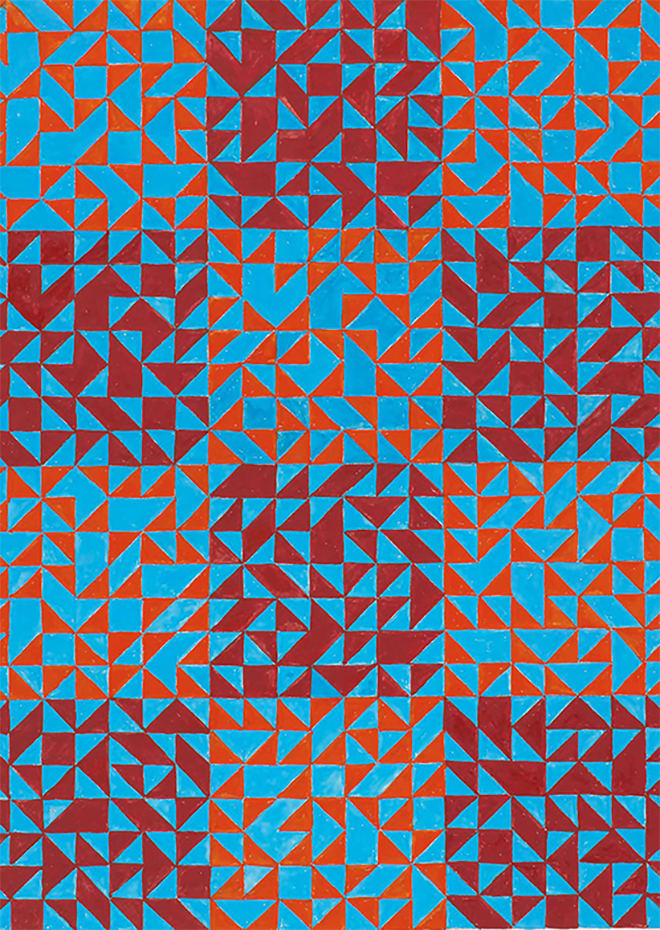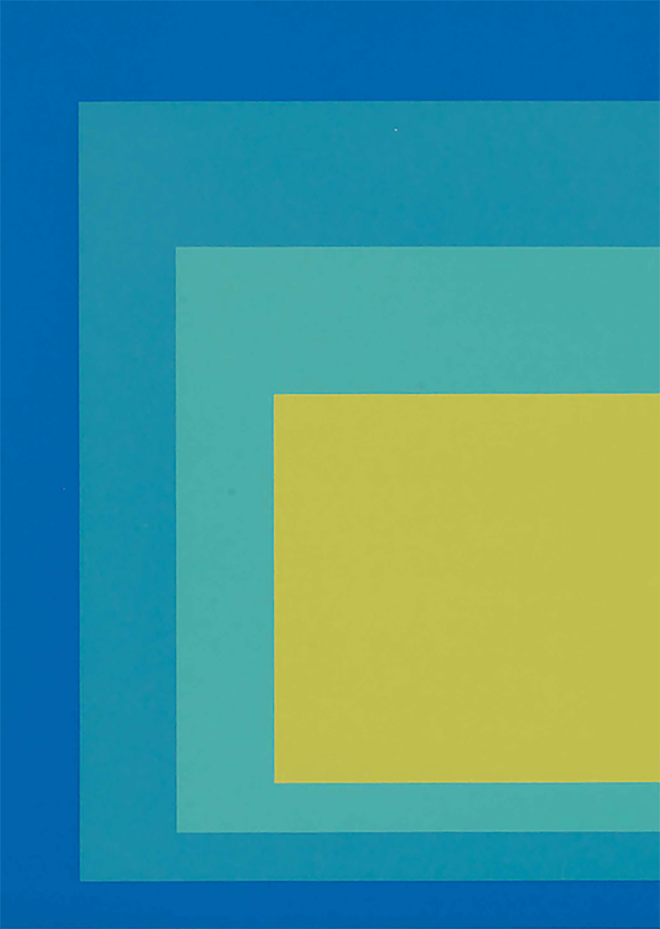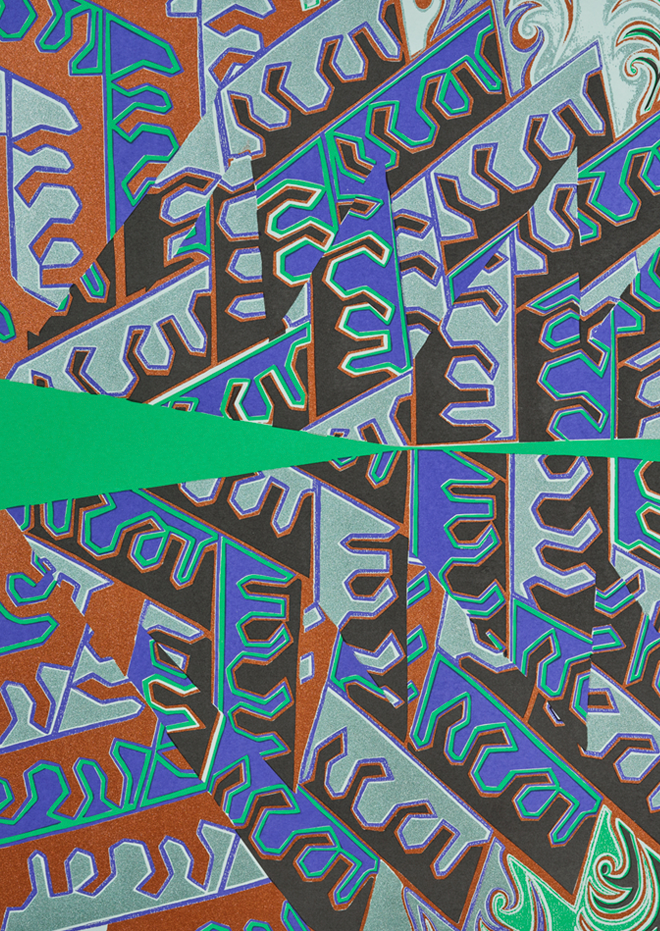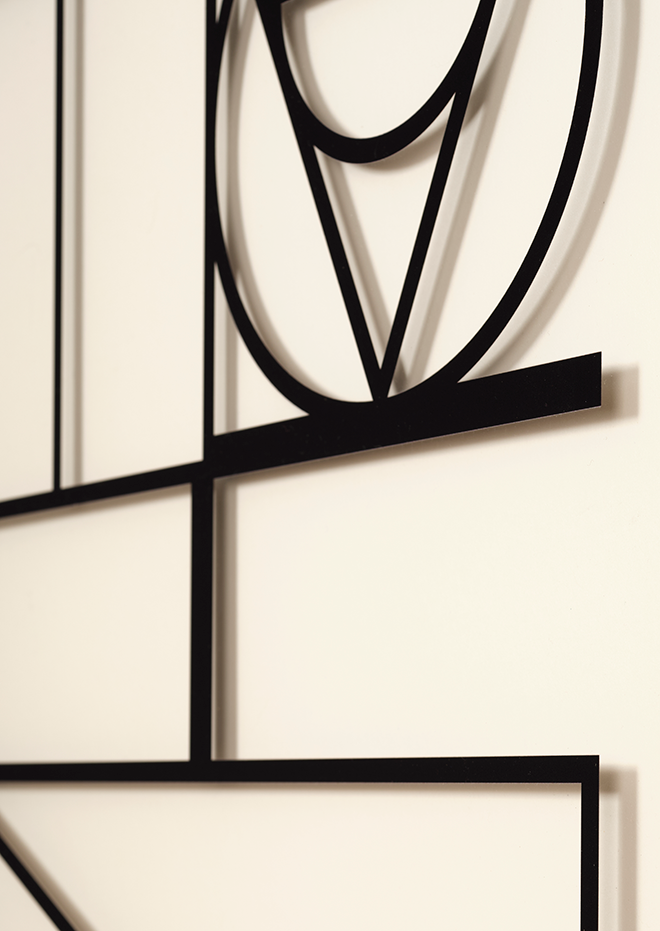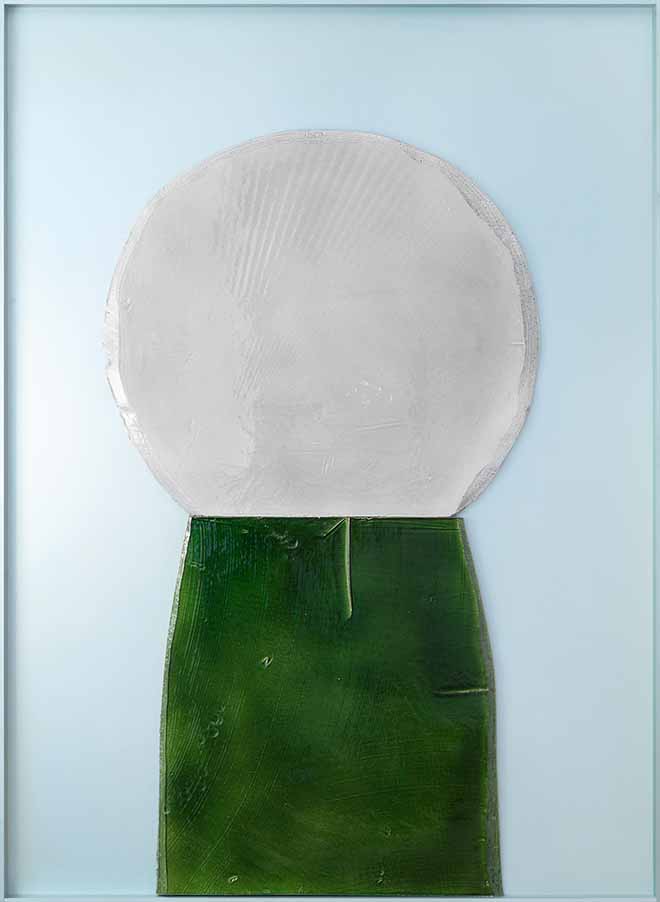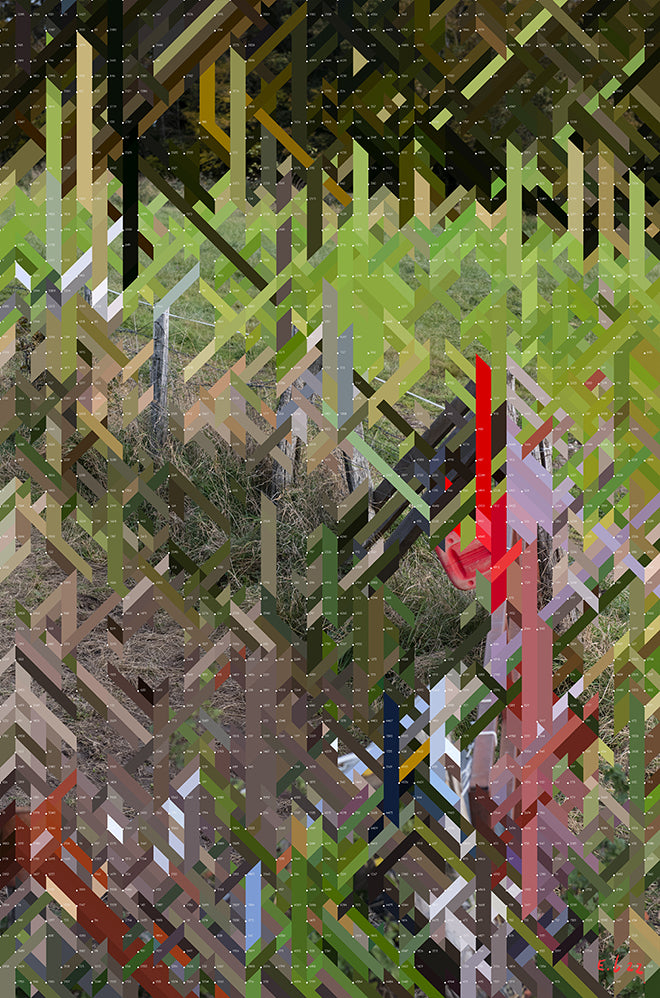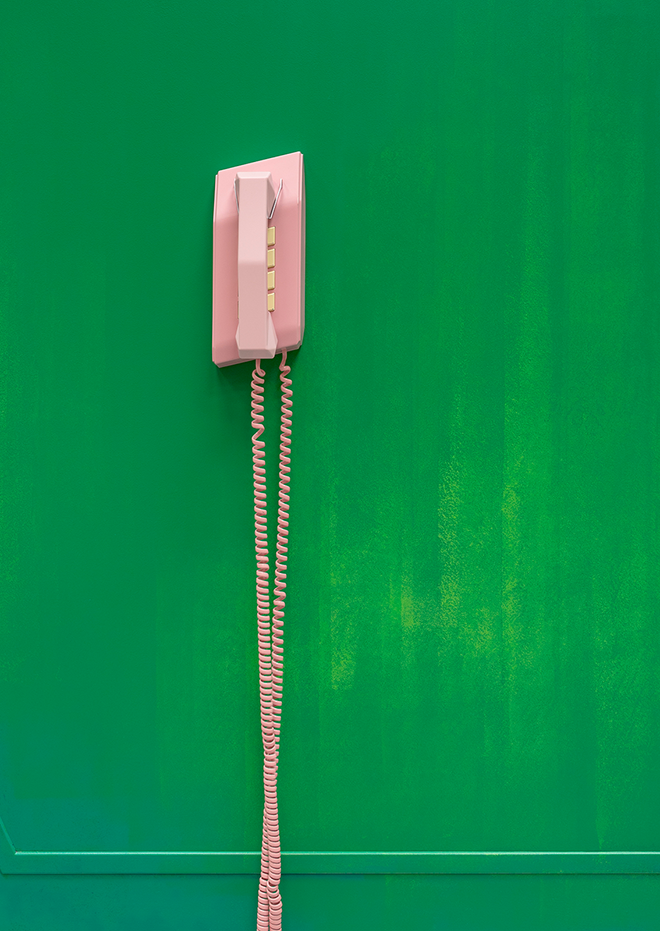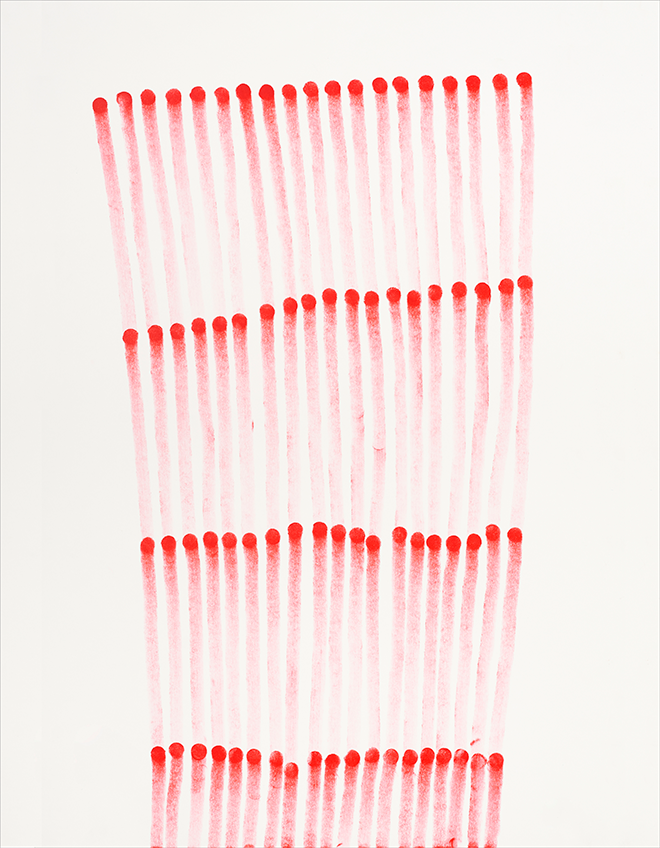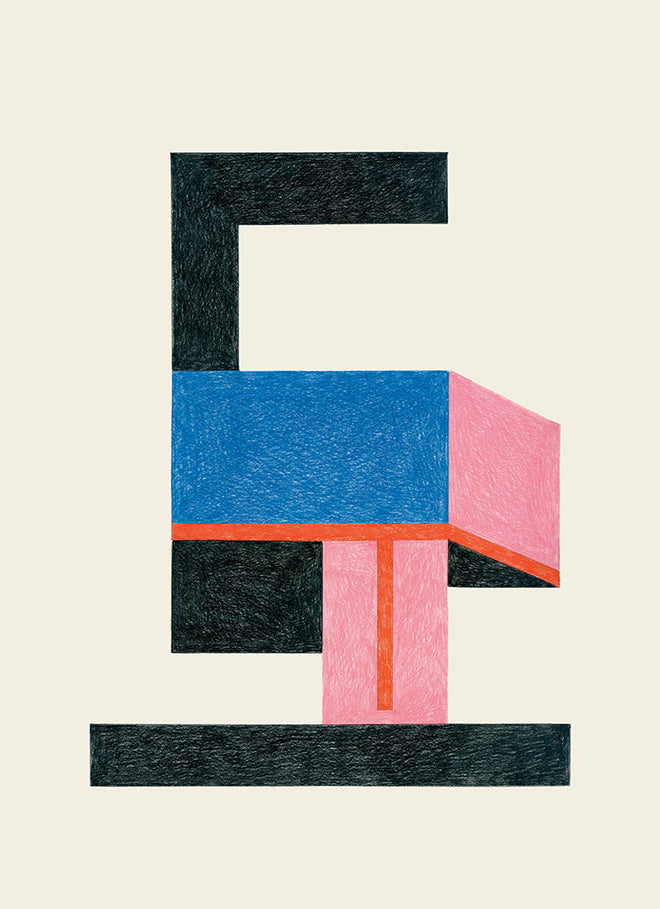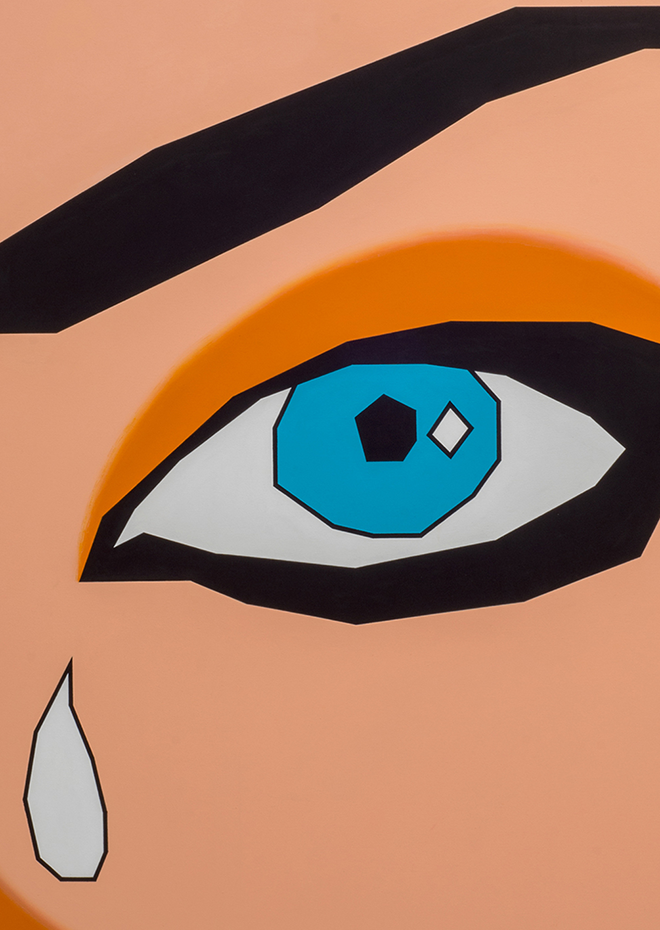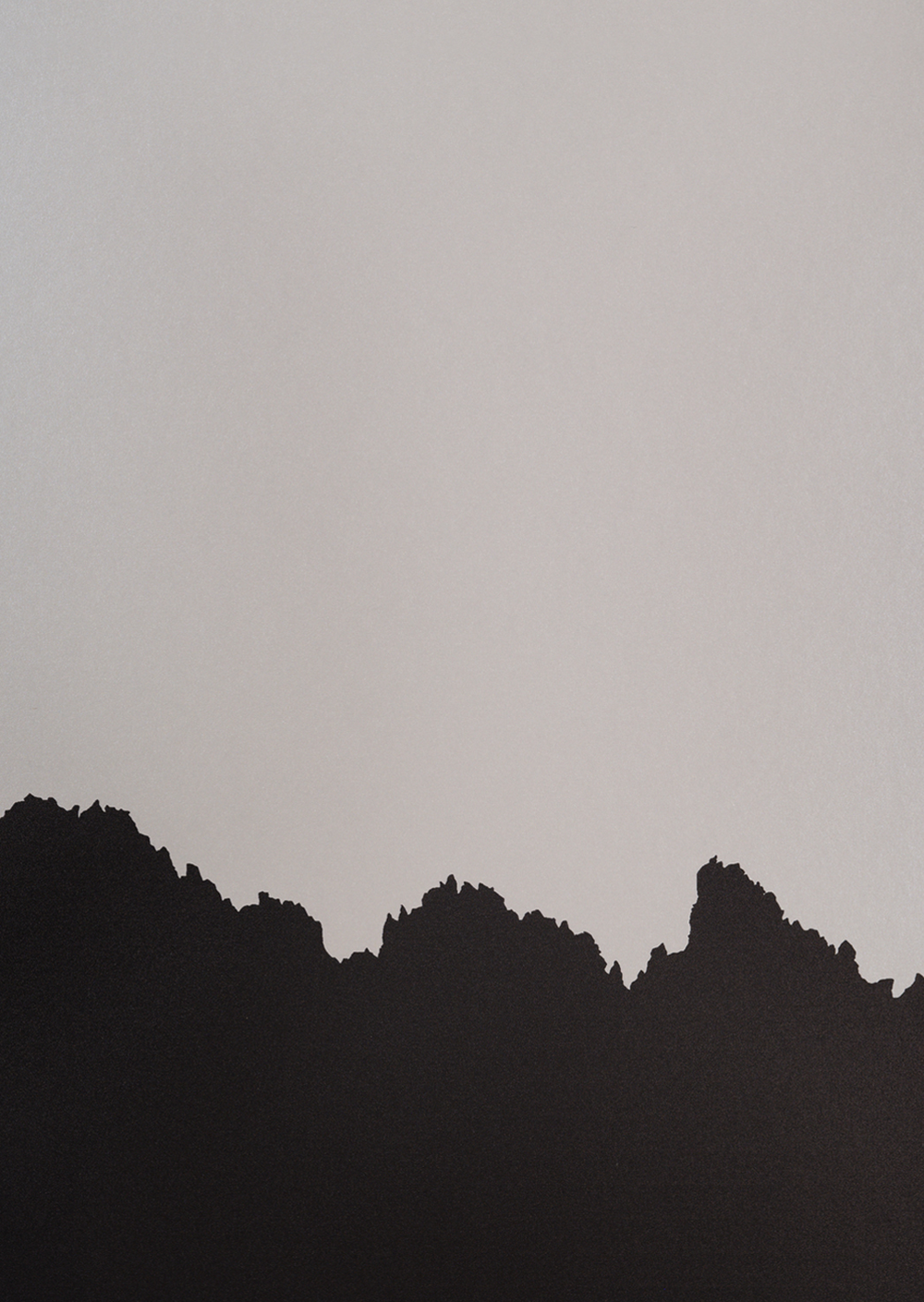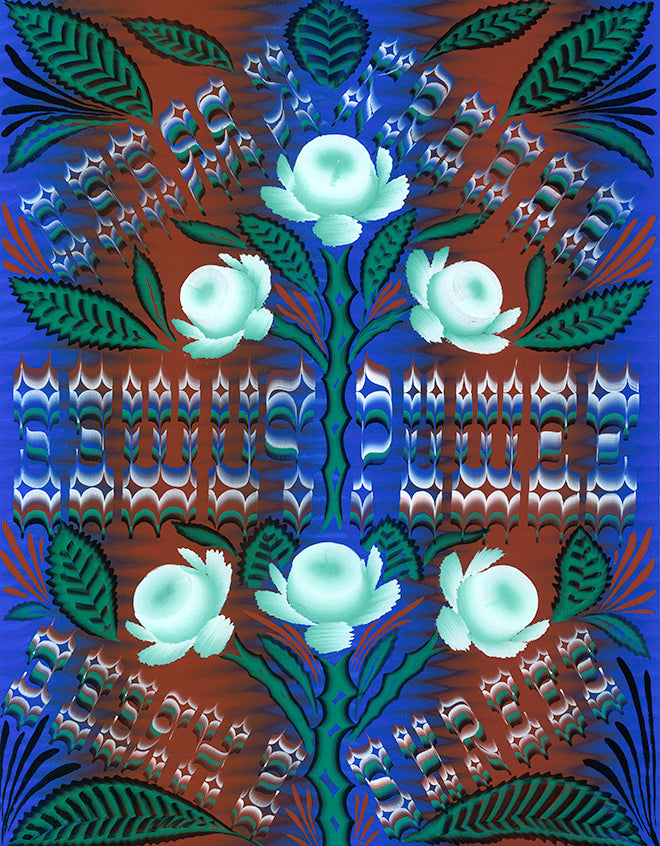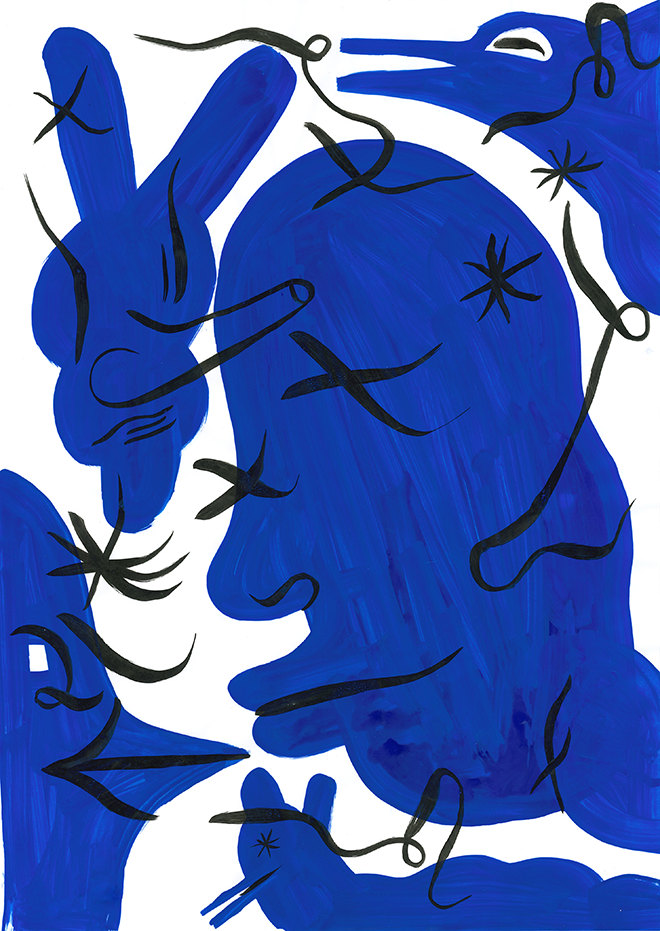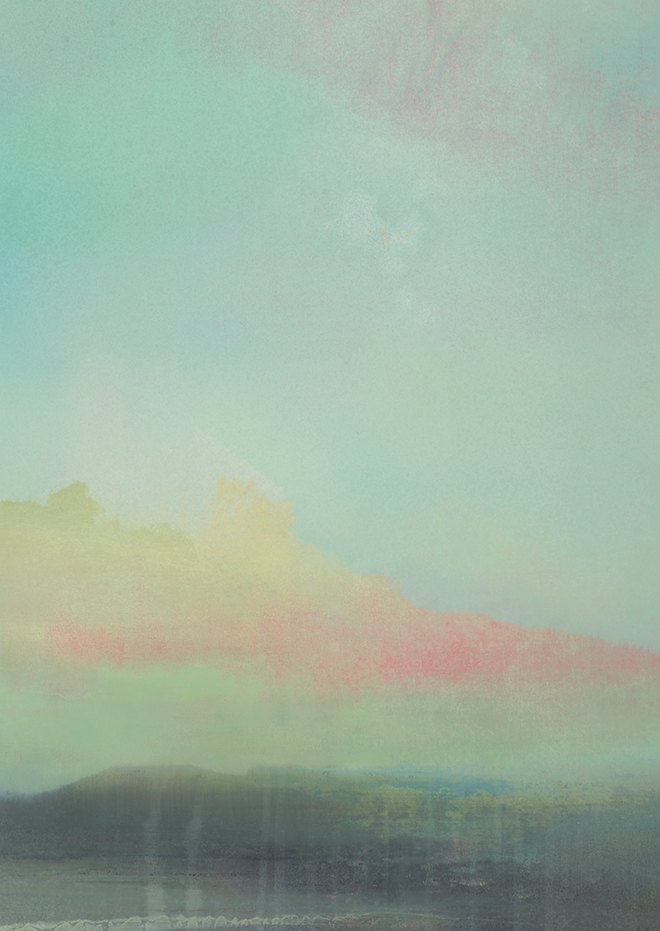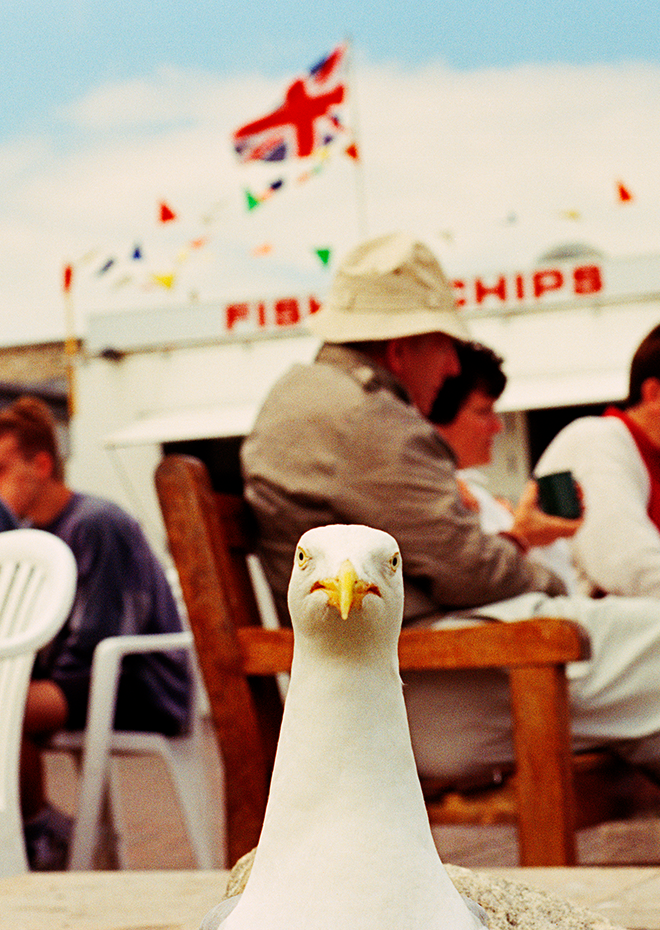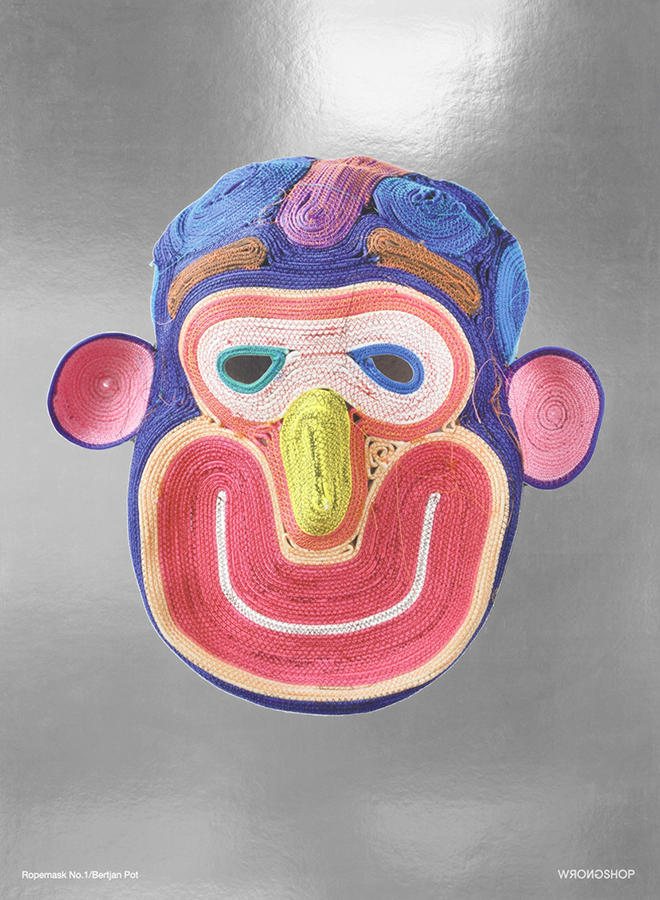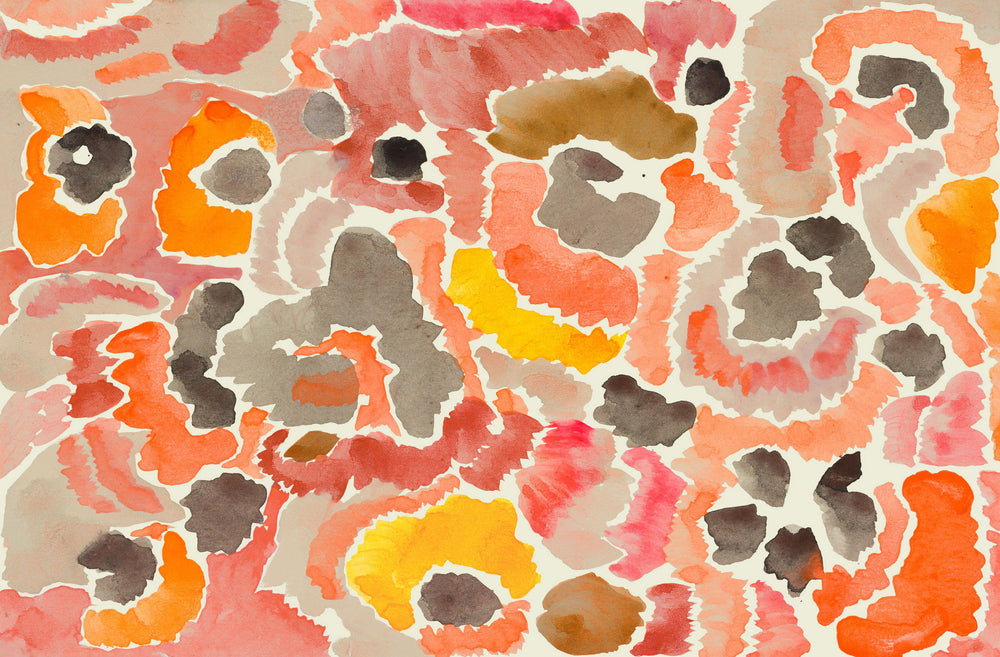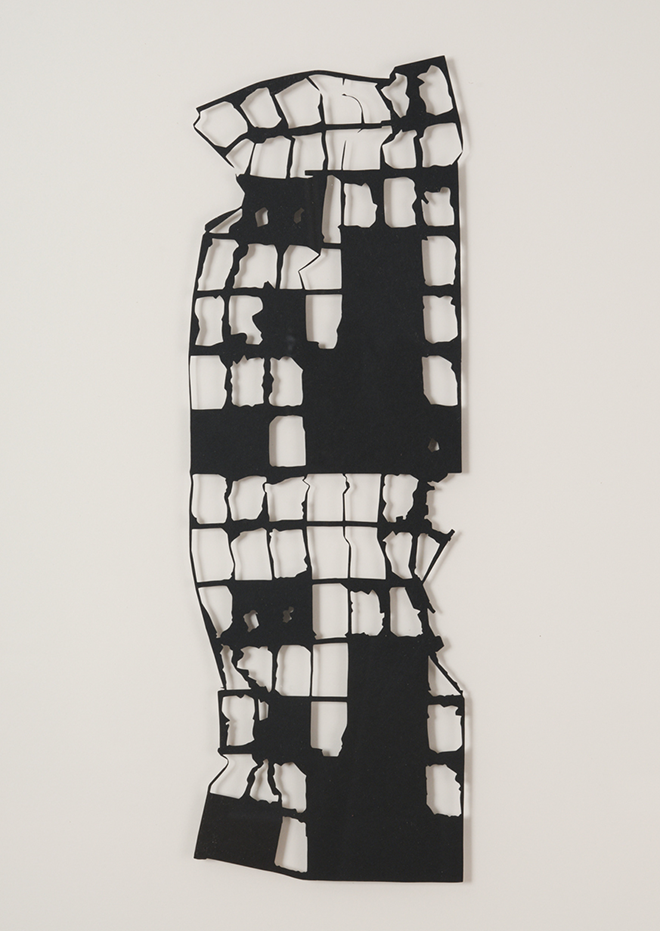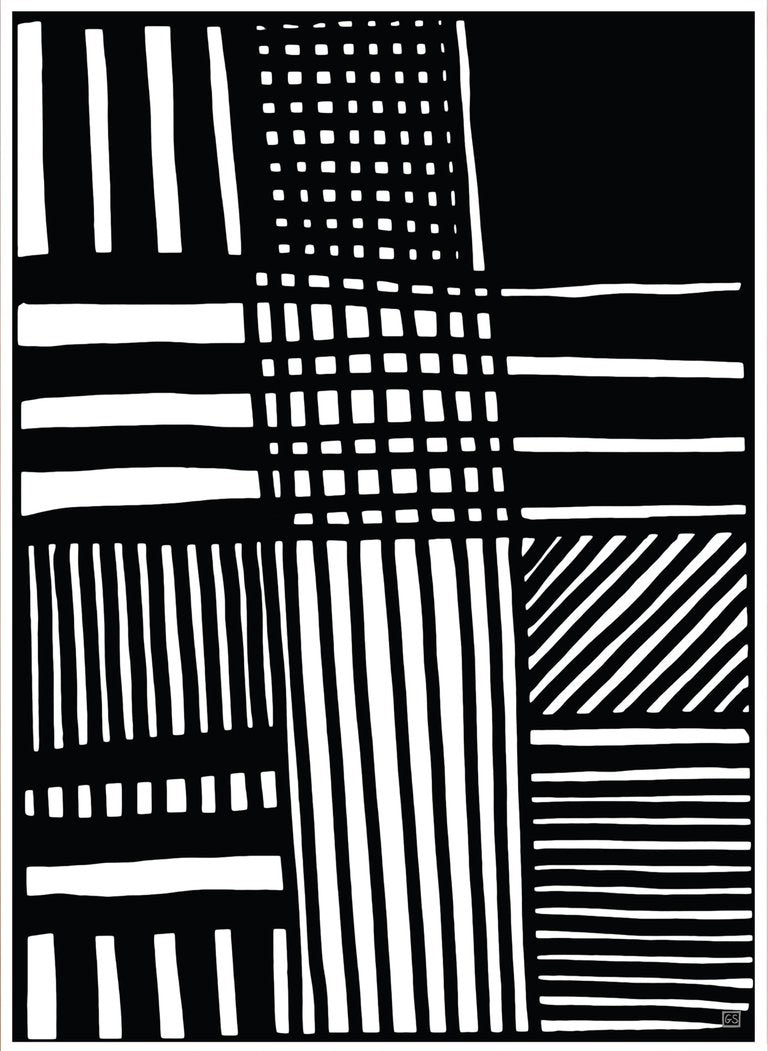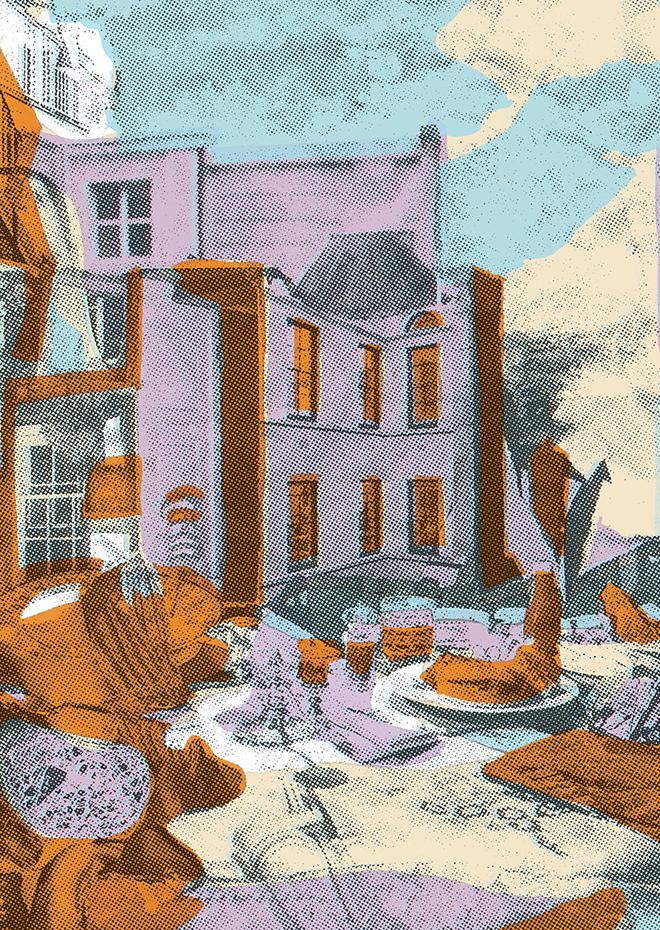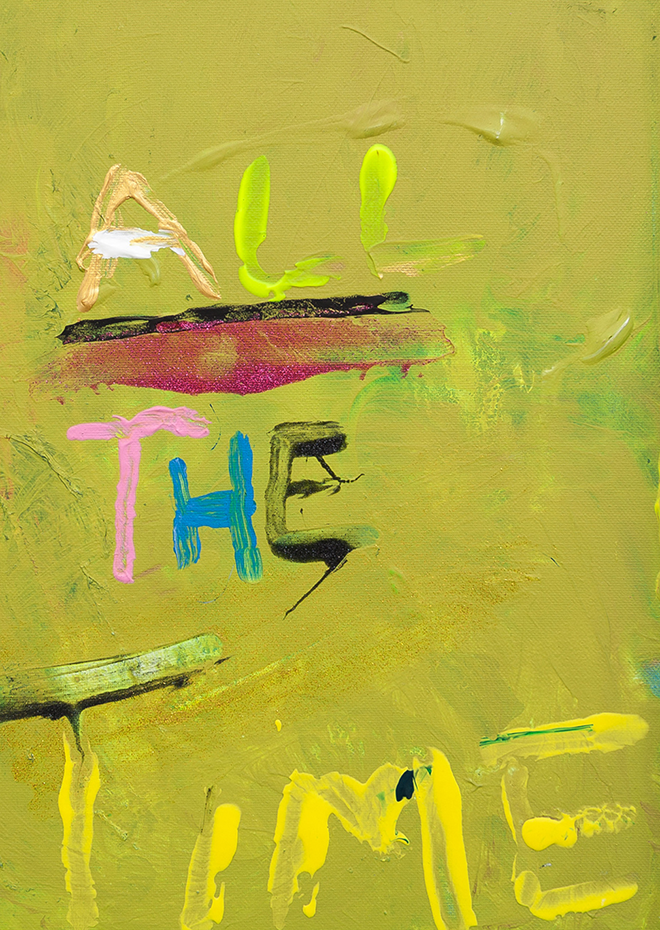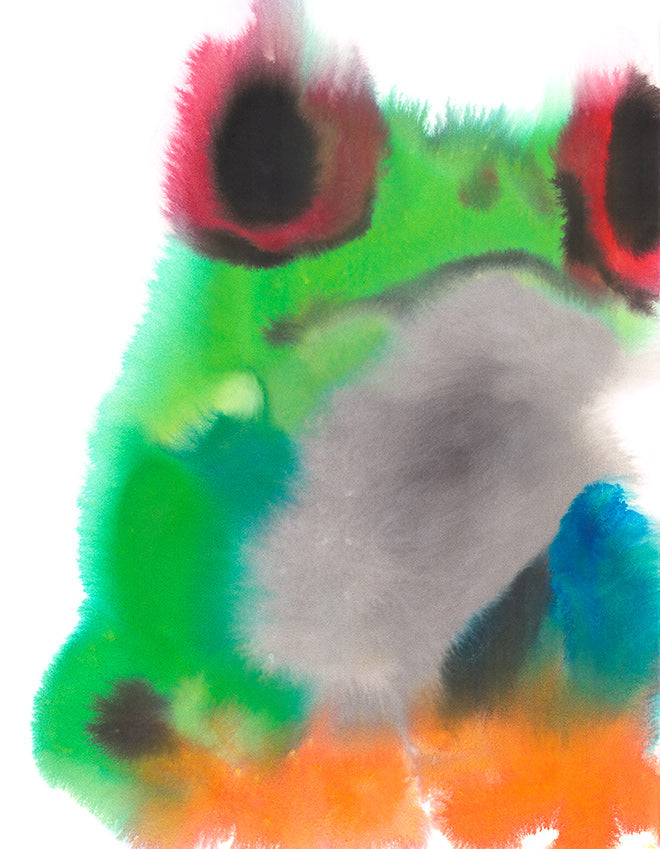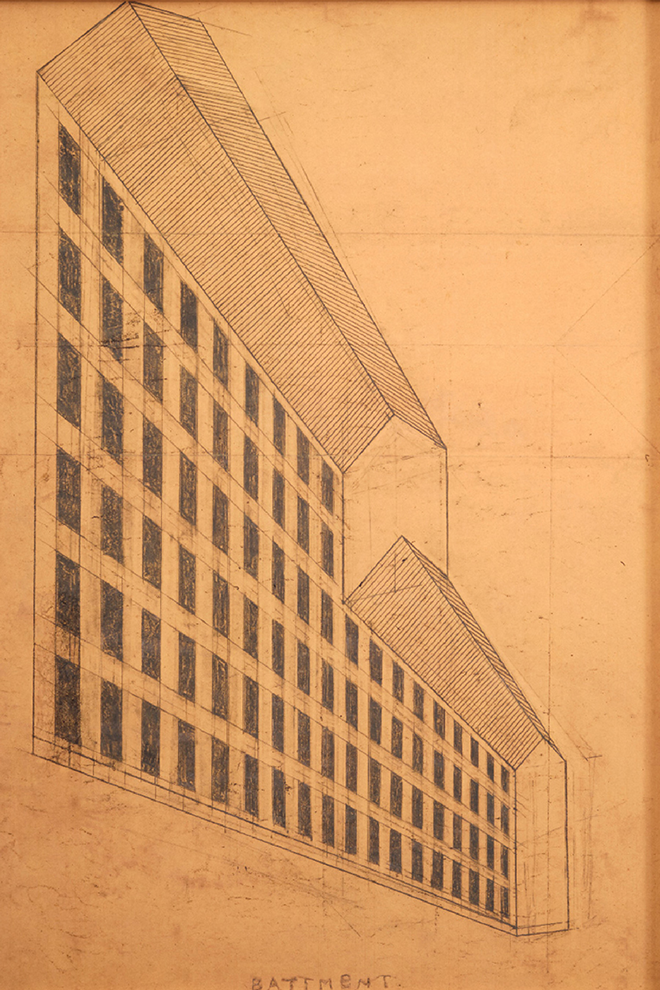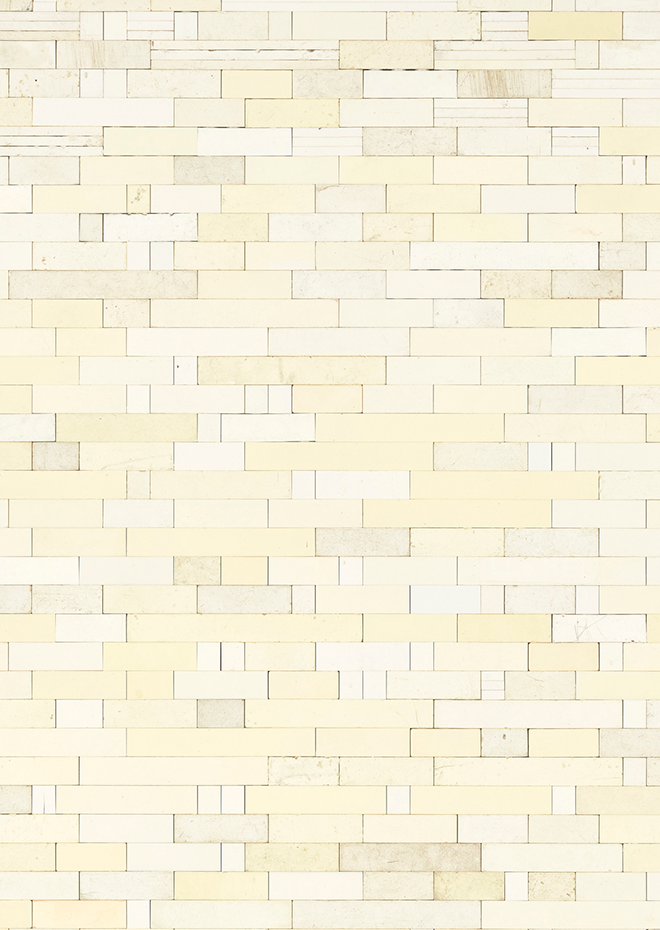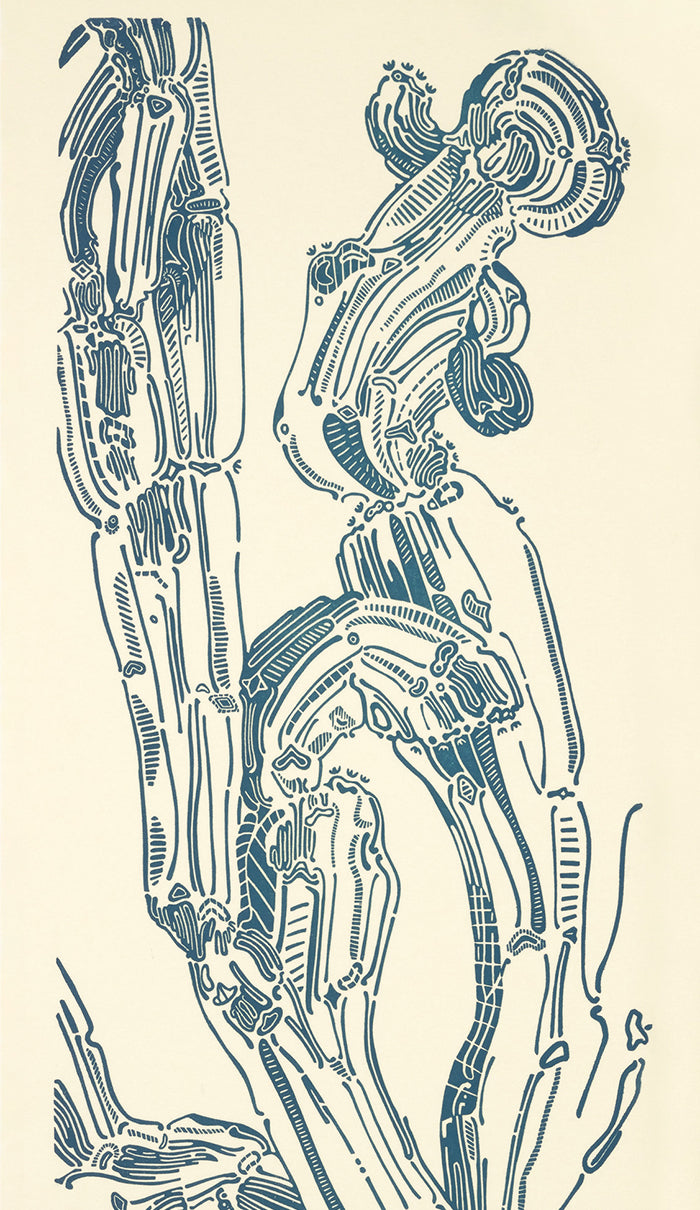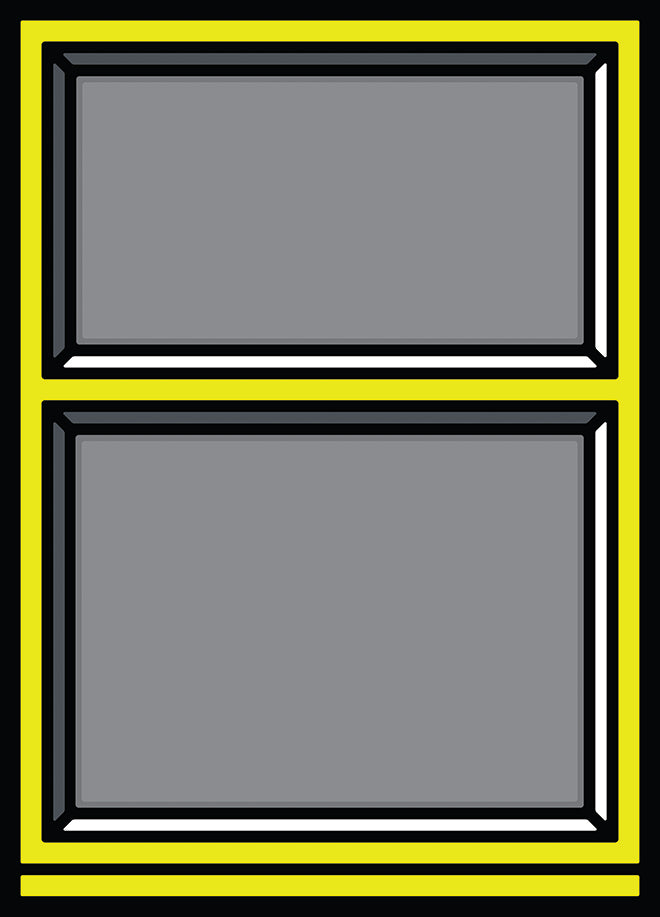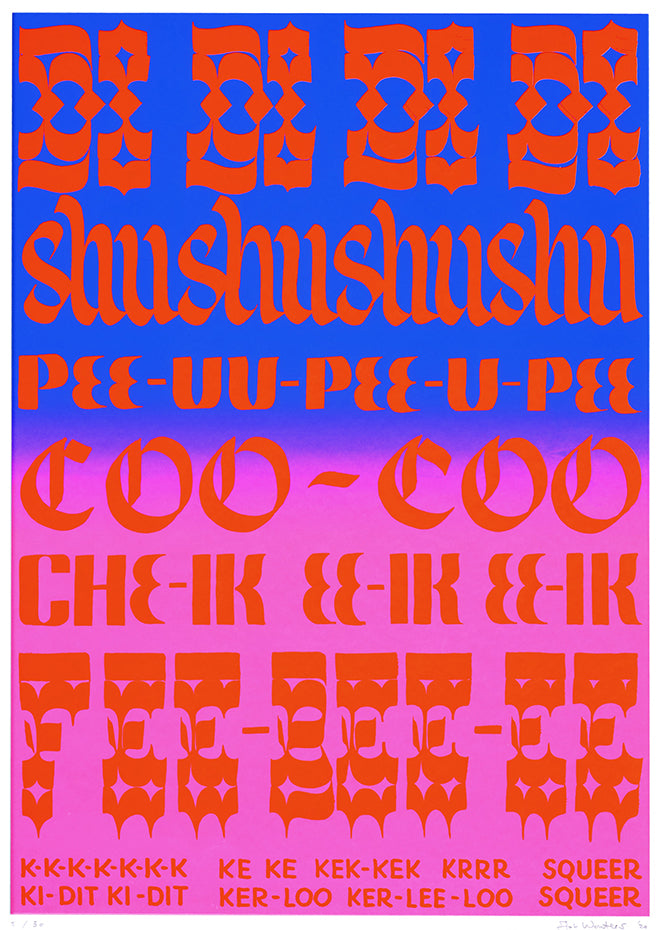Recently viewed
Why not add...
Login
Reset your password
Create an account
Anni Albers
 Anni Albers holding her weaving Under Way, New Haven, Connecticut, ca. 1965, Photograph by John T. Hill, Courtesy of the Josef and Anni Albers Foundation
Anni Albers holding her weaving Under Way, New Haven, Connecticut, ca. 1965, Photograph by John T. Hill, Courtesy of the Josef and Anni Albers Foundation
Sign up for more Anni Albers
Anni Albers was one of the most influential textile artists of the 20th century.
Anni Albers (1899-1994) began her career at the Bauhaus, where she took up weaving and transformed the medium. She studied, and taught, at the Bauhaus on different types of looms and would eventually direct the weaving workshop. Combining traditional craft with the principles of modern art, she elevated weaving from functional design to an expressive art form.
In 1933, following the closure of the Bauhaus, Anni and Josef Albers accepted a fortuitous offer to emigrate to the United States and teach at the newly established experimental Black Mountain College. Whilst there she continued to push boundaries, experimenting with materials and techniques. In 1949, she became the first woman and the first textile artist to have a solo exhibition at the Museum of Modern Art in New York.
Though best known for her pioneering textile work, Anni later shifted focus to printmaking, exploring new methods and ideas, and expanding the possibilities of graphic art. Her innovative use of abstraction, pattern, and texture spanned both mediums, making her a key figure in 20th-century modernism.
Anni and Josef Albers were passionate teachers, believing that the goal of education is to encourage exploration and experimentation. Her legacy continues to influence contemporary design today, as her work bridges the gap between craft and fine art, and she remains a trailblazer who transformed the perception of textiles and printmaking alike.
Bauhaus
powerhouse
Bauhaus
powerhouse

Exhibition View

Blanton Museum of Art, Texas, 2024

Boghossian Foundation, Brussels, 2024

Tate Modern, London, 2019

The National Gallery, Canberra, 2024

Metropolitan Museum of Art, New York, 2024
Artists
Anni Albers
Josef Albers
Lisa Alvarado
Dirk Bell
Ronan Bouroullec
Erwan Bouroullec
Martin Boyce
Pierre Charpin
Nathalie Du Pasquier
Duggie Fields
Kim Fisher
FreelingWaters
Jaime Hayon
Amelia Humber
Martin Parr
Bertjan Pot
Leanne Shapton
Monika Sosnowska
George Sowden
Tony Swain
Sue Tompkins
Rop van Mierlo
Philippe Weisbecker
Michael Wilkinson
Bethan Laura Wood
Richard Woods
Job Wouters
